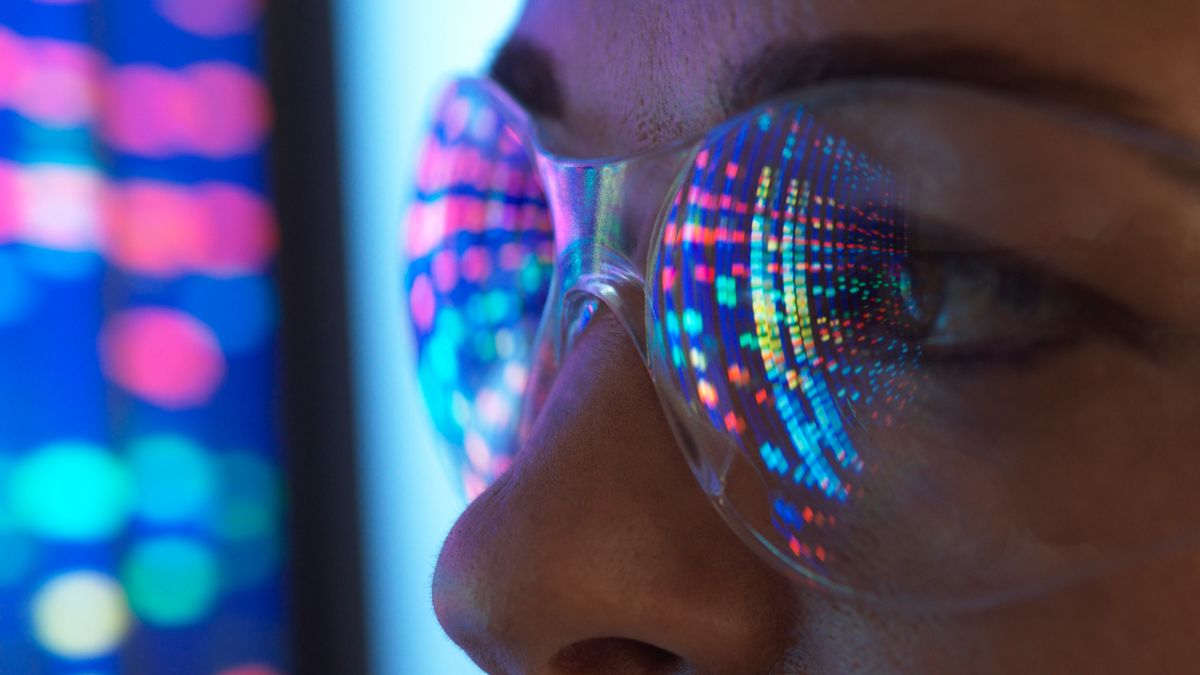Future virtual reality (VR) headsets could use a new type of lens inspired by holographic devices, researchers in China say. This proposed new type of bifocal lens can switch between one focus and another at the flick of a switch, letting wearers witness intensities in the lenses change akin to a hologram.
These lenses would be made from two layers of liquid crystal structures that can switch between two foci with external voltage. The researchers described their findings in a new study published Oct. 1 in the journal Optics Letters.
The technology could be applied in imaging devices, optical computing and optical interconnectivity — in addition to future mixed-reality and VR headsets, the team said.
Specifically, they can be used for polarization imaging — often used to enhance image contrast or for edge imagining, which highlights the outline of objects or see finer details. Polarization can be referred to as the light’s third dimension, with polarization cameras often detecting physical properties unseen by conventional imaging.
Related: Playing with fire: How VR is being used to train the next generation of firefighters
“We believe that the light control mechanism we created using the multilayer structure could also be used to design other optical devices, including holographic devices and beam generators, or for optical image processing,” study lead author Fan Fan, professor of physics and electronics at Hunan University, said in a statement.
The team focused on creating bilayer structures, rather than single-layer structures, which most liquid-crystal devices are made from. The structures were made from a liquid crystal cell as well as a liquid crystal polymer — both of which are standard materials in the development of lenses intended for holographic imaging uses. This let researchers alter the intensity of the two foci. The development of multi-functional holographic devices was an inspiration but the technology could be used “beyond the field of holographic displays,” Fan said.
Some bifocal lenses can create different focal points based on the incident light’s polarization — but this new design enables the focus to switch on command, manipulating the polarization states of the output beams. The liquid crystal layer also allows the lenses to switch rapidly between focus points when voltage is applied.
The scientists are planning to use the new lenses in several kinds of multifunctional devices. For the optical components found in this technology to be more practical, however, they stressed the cost of the mass production of components would have to be lowered. If this happens, the team could design and incorporate fast and accurate layer-to-layer alignment technology, the researchers said in the statement.
